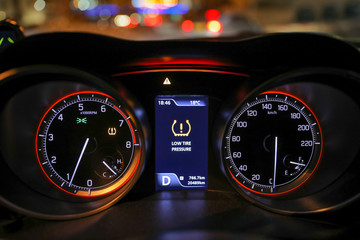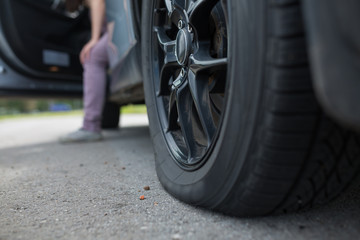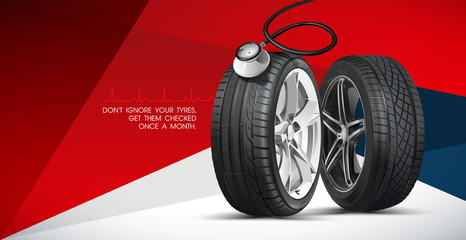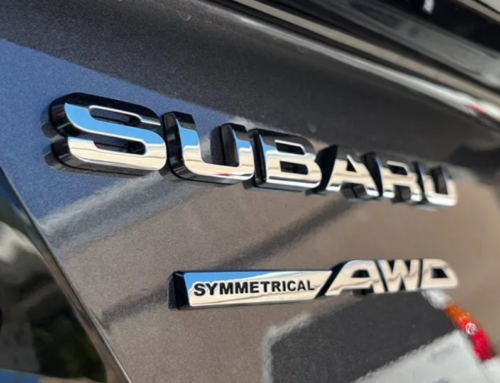Many people may not even consider their tire pressure unless the light comes up on the dash telling them something is wrong.

Every tire has a specific amount of air pressure that it should have, and when that number is kept, the life of your tires will improve as well as your vehicle safety.

If your tires are underinflated, this can affect braking distance as well as steering responsiveness. This can also cause the tire sidewalls to flex too much, generating heat, which accelerates tread wear and tear as well as can lead to blowouts. Tires that are low also contribute to poorer fuel economy.

If you are on the opposite side of things and your tires are overinflated, this has its own set of problems that can come with it. The tires of today are much more forgiving on this end since they are able to adapt to fluctuations due to temperature changes, but leaving your tires overinflated for too long will not only mean that your tires will wear faster but your ride will feel less enjoyable due to the harder tires.







